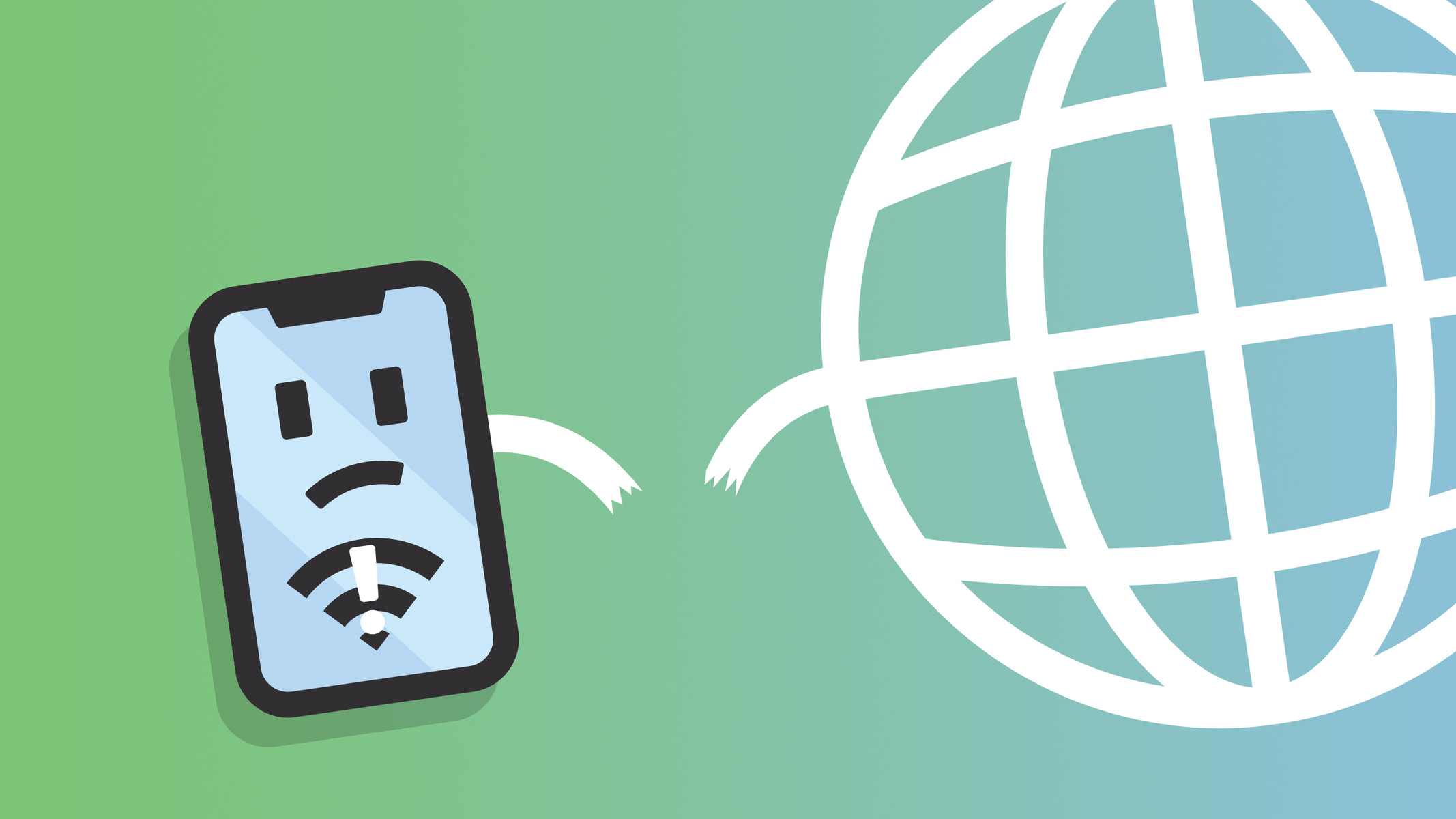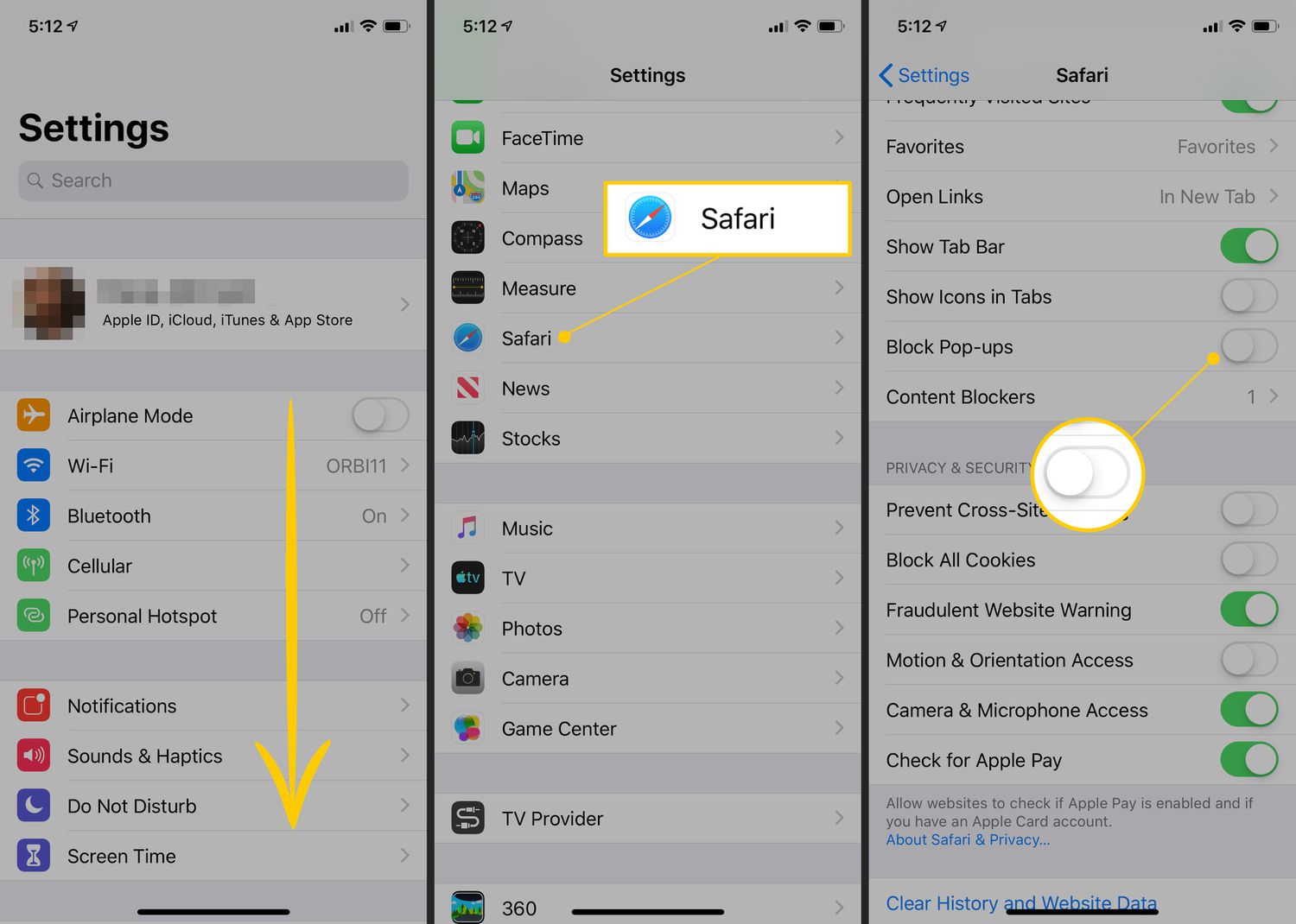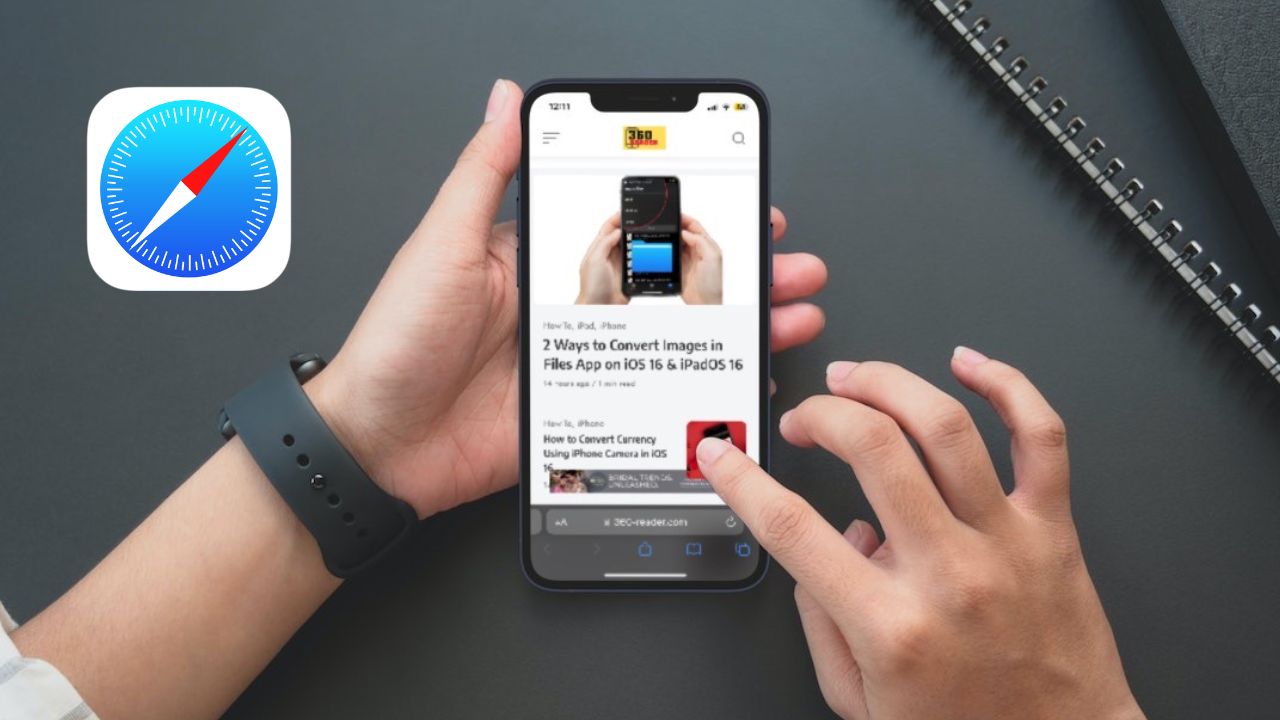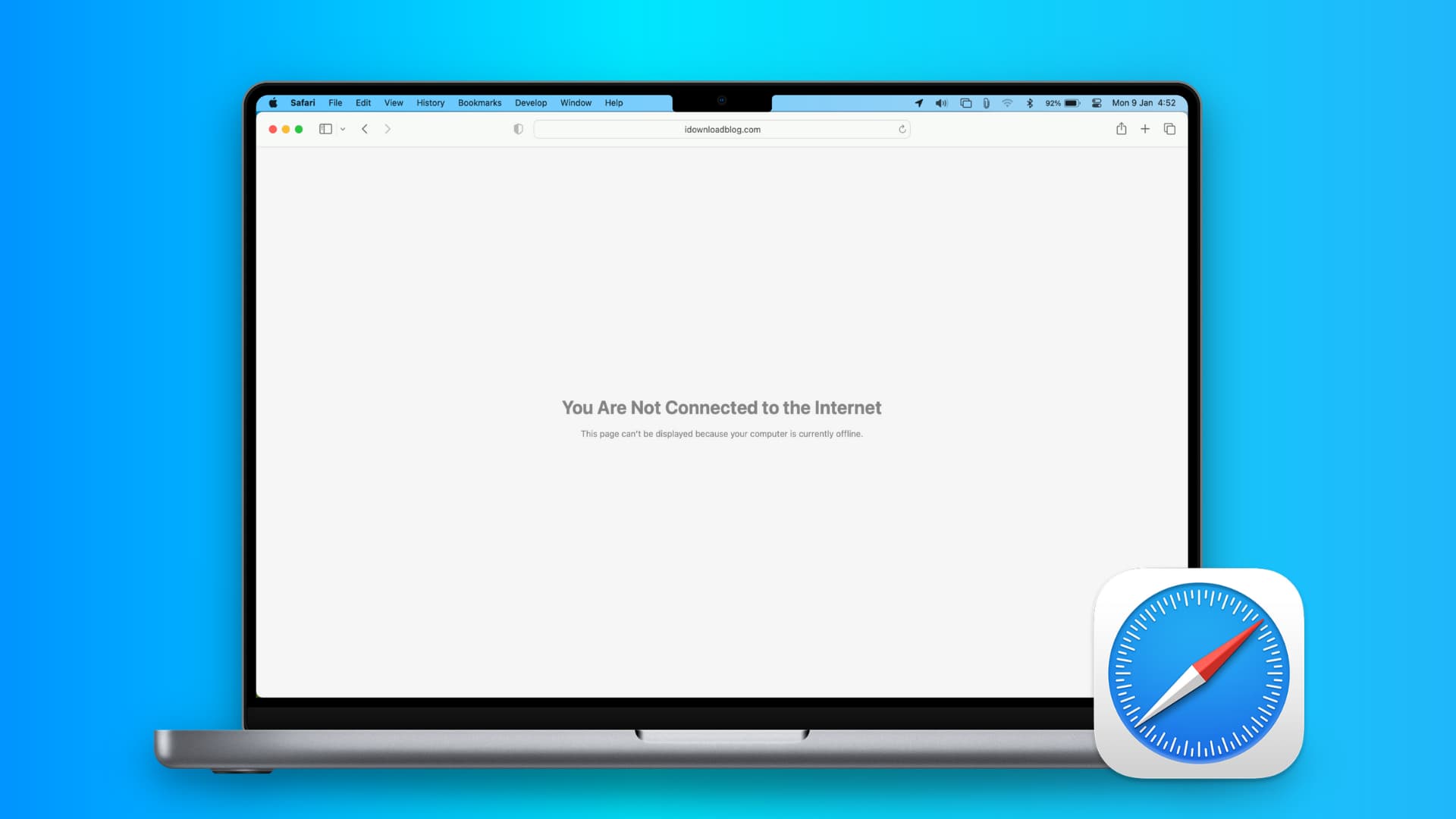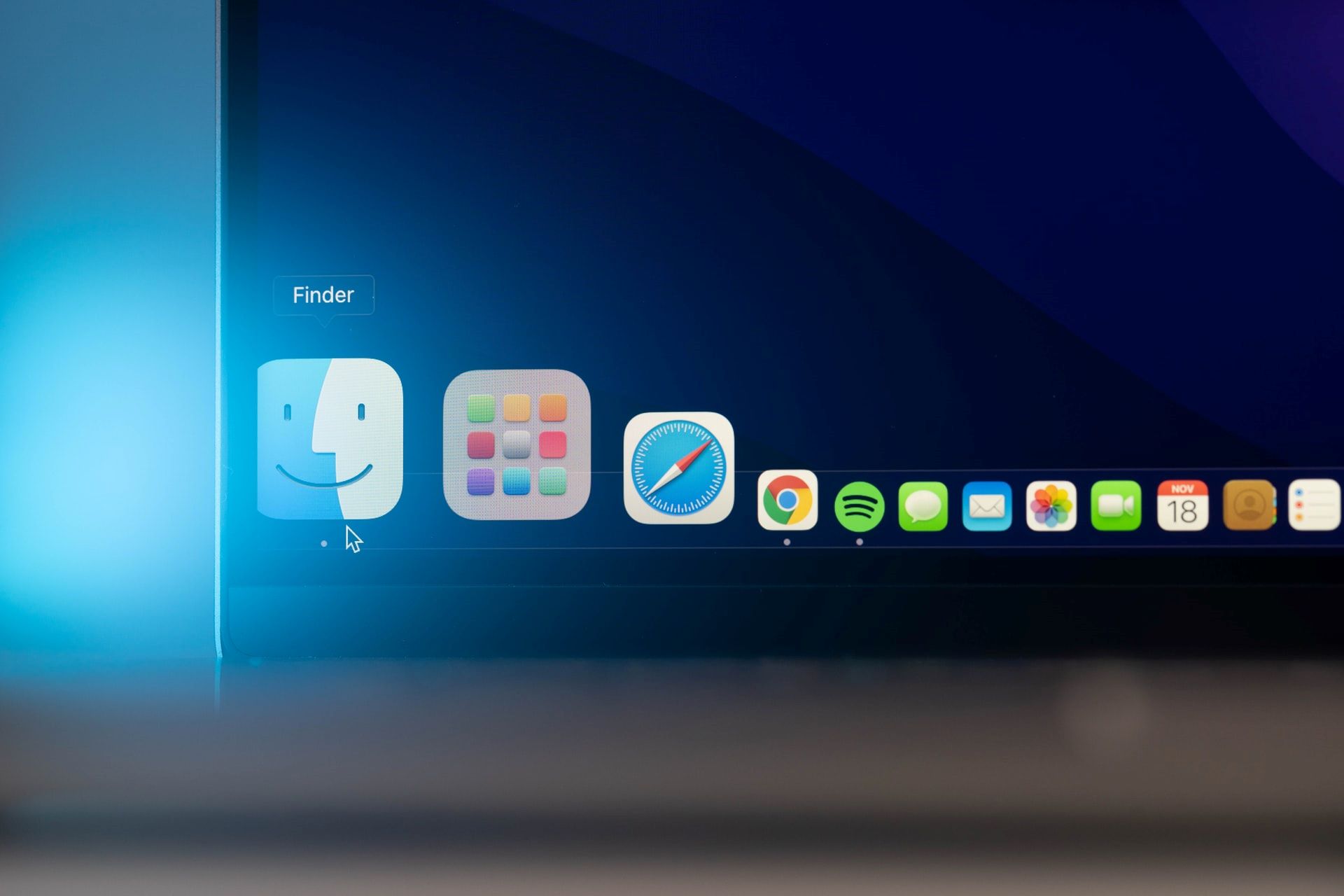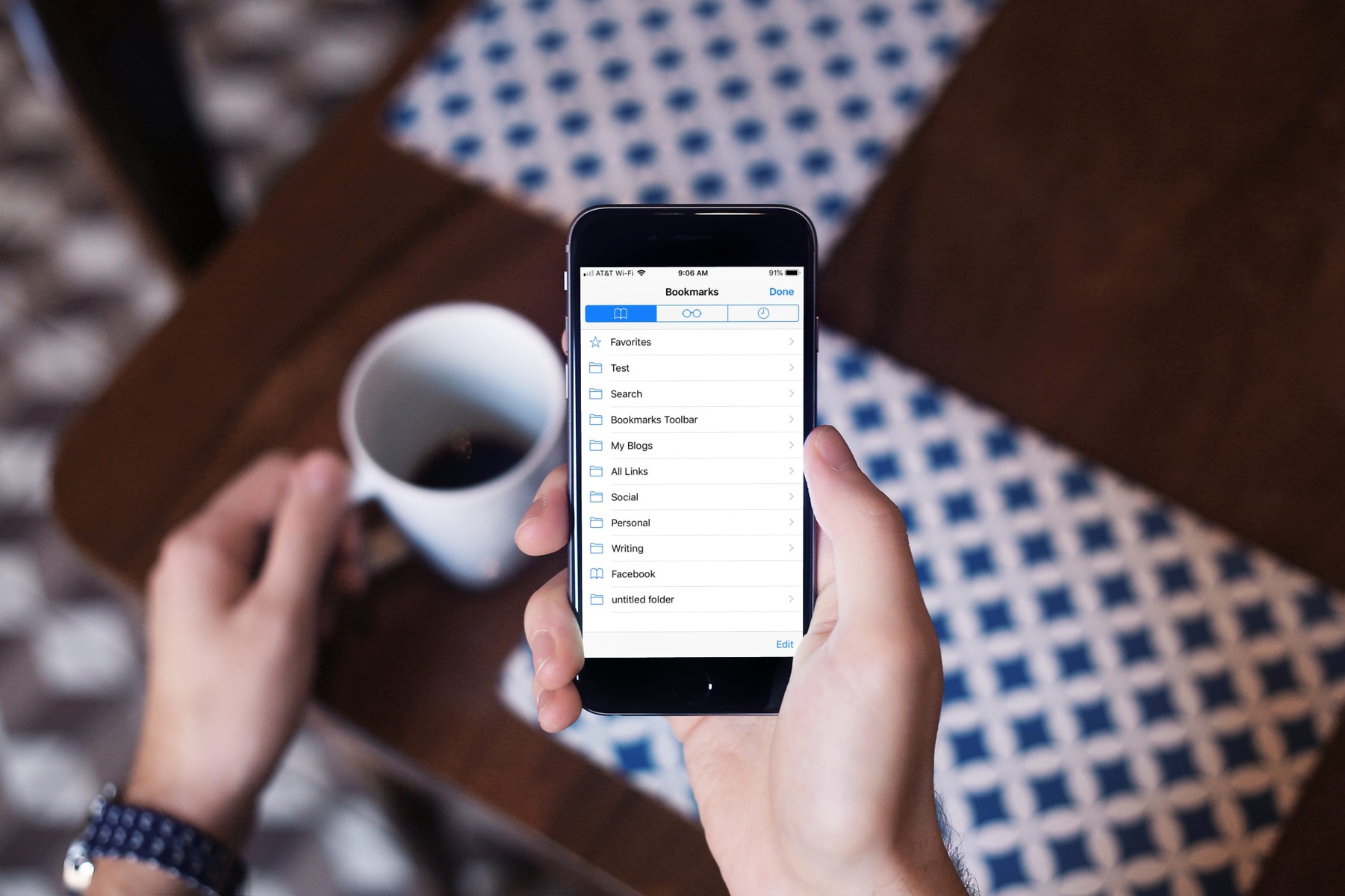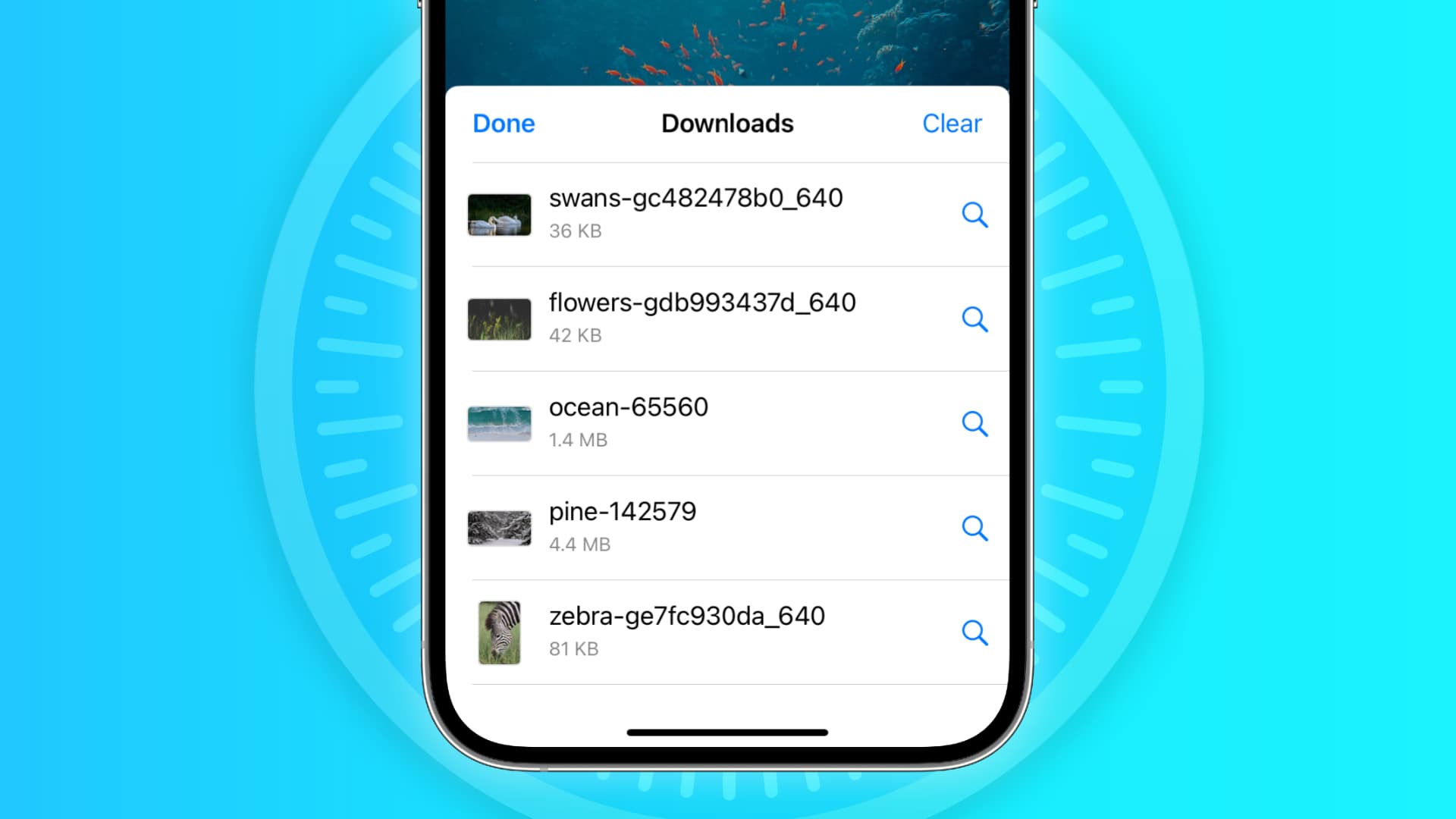Introduction
So, you've decided to take a break from Safari on your iPhone. Whether you're looking to switch to a different browser or simply want to explore alternative options, disabling Safari is a straightforward process that gives you the freedom to customize your browsing experience. By disabling Safari, you can take control of your default browser settings and explore the diverse range of browsing options available on the App Store.
In this guide, we'll walk you through the simple steps to disable Safari on your iPhone. Whether you're a tech-savvy individual or someone who's just getting started with iOS devices, this step-by-step tutorial will equip you with the knowledge to make the necessary adjustments to your browsing preferences. By the end of this guide, you'll have a clear understanding of how to disable Safari and explore the plethora of alternative browsers that cater to your specific needs and preferences.
Now, let's dive into the process of disabling Safari on your iPhone and take the first step towards customizing your browsing experience. Whether you're looking to enhance privacy, explore new features, or simply switch things up, disabling Safari is the gateway to a world of browsing possibilities on your iPhone.
Step 1: Open Settings
To begin the process of disabling Safari on your iPhone, the first step is to open the Settings app. This fundamental action serves as the gateway to customizing various aspects of your device, including browser preferences. Here's a detailed walkthrough of how to navigate to the Settings app and initiate the process of disabling Safari.
-
Locate the Settings App: On your iPhone's home screen, look for the Settings app. The icon features a gear wheel and is typically located in a prominent position for easy access. Once you've identified the Settings app, tap on it to launch the application.
-
Navigate to General Settings: Within the Settings app, you'll find a range of options to customize your device. To proceed with disabling Safari, navigate to the "General" section. This is where you can access essential settings that impact the overall functionality of your iPhone.
-
Access the Restrictions Menu: Within the "General" settings, scroll down until you find the "Restrictions" option. Tapping on this menu will prompt you to enter your device's passcode or use Touch ID/Face ID to authenticate your access. This step is crucial for ensuring the security of your device and preventing unauthorized changes to your settings.
-
Enter the Restrictions Passcode: If you've previously set up a restrictions passcode, enter it to proceed. If not, you'll have the option to create a new passcode. This additional layer of security ensures that only authorized users can make changes to the device's settings, including the ability to disable Safari.
By following these steps, you'll successfully navigate to the Settings app, access the General settings, and initiate the process of disabling Safari on your iPhone. This foundational step sets the stage for further customization of your browsing experience, empowering you to explore alternative browsers and tailor your device to suit your specific preferences.
With the Settings app open and the initial steps completed, you're now ready to progress to the next stage of the process, which involves specific actions to disable Safari and pave the way for a personalized browsing experience on your iPhone.
Step 2: Scroll down and tap on Safari
After successfully navigating to the Restrictions menu and entering the passcode, the next step in the process of disabling Safari on your iPhone involves locating the Safari option within the Restrictions settings and taking the necessary action to disable it.
-
Locate the Safari Option: Within the Restrictions menu, scroll down until you find the "Safari" option. This is where you can manage the permissions and access settings related to the Safari browser on your iPhone. The Safari option is typically listed among other apps and features that can be restricted or customized based on your preferences.
-
Tap on Safari: Once you've located the Safari option, tap on it to access the specific settings and permissions associated with the Safari browser. This action will open a dedicated menu that allows you to make adjustments to the Safari browser, including the ability to disable it entirely.
-
Toggle the Switch to Disable Safari: Within the Safari settings menu, you'll find a toggle switch that enables or disables the Safari browser. To proceed with disabling Safari, simply tap on the switch to turn it off. This action effectively prevents the Safari browser from being accessed or used on your iPhone, giving you the freedom to explore alternative browsing options available on the App Store.
By following these steps, you'll successfully navigate to the Safari settings within the Restrictions menu, locate the specific option for Safari, and take the necessary action to disable the browser on your iPhone. This pivotal stage in the process empowers you to customize your browsing experience and explore alternative browsers that align with your preferences and requirements.
With Safari disabled, you're now ready to explore the diverse range of browsers available on the App Store, each offering unique features, privacy enhancements, and customization options. Whether you're looking for a browser that prioritizes security, integrates seamlessly with other devices, or offers advanced browsing capabilities, disabling Safari opens the door to a world of possibilities for tailoring your browsing experience to suit your individual needs.
As you proceed to the next stage of the process, you'll have the opportunity to further customize your default browser settings and embark on a journey of discovering the perfect browser that complements your iPhone usage and aligns with your browsing habits and preferences.
Step 3: Toggle off the switch next to Safari
Upon reaching the Safari settings menu within the Restrictions section, you'll encounter a pivotal moment in the process of disabling Safari on your iPhone. This step involves the decisive action of toggling off the switch next to Safari, effectively preventing the browser from being accessed or utilized on your device.
As you navigate to the Safari settings, you'll notice a prominent toggle switch positioned next to the Safari option. This switch serves as the gateway to enabling or disabling the Safari browser, offering a straightforward and intuitive method to customize your browsing preferences.
To proceed with disabling Safari, simply tap on the switch next to Safari to turn it off. This action instantly revokes access to the Safari browser, ensuring that it no longer functions as the default browser on your iPhone. By toggling off the switch, you assert control over your browsing experience, paving the way for the exploration of alternative browsers that cater to your specific needs and preferences.
The process of disabling Safari is designed to be user-friendly and accessible to individuals with varying levels of technical expertise. By simply toggling off the switch next to Safari, you embark on a journey of customization and empowerment, allowing you to tailor your browsing experience to align with your unique requirements and priorities.
With the switch toggled off, Safari is effectively disabled on your iPhone, granting you the freedom to explore the diverse range of alternative browsers available on the App Store. Whether you're seeking enhanced privacy features, seamless integration with other devices, or advanced browsing capabilities, disabling Safari marks the beginning of a personalized and tailored browsing experience that reflects your individual preferences and usage habits.
By taking this decisive step to toggle off the switch next to Safari, you set the stage for a browsing experience that aligns with your specific needs and empowers you to make informed choices about the default browser on your iPhone. With Safari disabled, you're now equipped to explore the multitude of alternative browsers, each offering unique features and capabilities that enhance your browsing experience and cater to your distinct preferences.
As you complete this pivotal step in the process, you'll transition to a new phase of browsing customization, where the possibilities are vast, and the freedom to choose a browser that resonates with your preferences becomes a reality.
Conclusion
In conclusion, the process of disabling Safari on your iPhone marks a significant milestone in customizing your browsing experience and asserting control over your default browser settings. By following the step-by-step guide outlined in this tutorial, you've gained the knowledge and confidence to navigate the Settings app, access the Restrictions menu, and disable Safari with ease.
With Safari disabled, you've opened the door to a world of browsing possibilities, each offering unique features, privacy enhancements, and tailored experiences. Whether you're seeking a browser that prioritizes security, integrates seamlessly with other devices, or provides advanced browsing capabilities, the act of disabling Safari empowers you to explore alternative options available on the App Store.
As you embark on this journey of browsing customization, consider exploring popular alternative browsers such as Google Chrome, Mozilla Firefox, or Microsoft Edge. Each of these browsers offers a distinct set of features, extensions, and customization options, allowing you to tailor your browsing experience to align with your specific preferences and requirements.
Furthermore, disabling Safari on your iPhone grants you the freedom to experiment with specialized browsers that cater to niche interests and priorities. Whether you're passionate about privacy-focused browsing, seamless synchronization across devices, or innovative browsing extensions, the diverse range of alternative browsers ensures that you'll find a perfect fit for your individual needs.
Additionally, by disabling Safari, you're taking proactive steps to personalize your browsing experience and optimize your device's settings to reflect your unique usage habits. This level of customization empowers you to make informed choices about your default browser, ensuring that it aligns with your preferences and enhances your overall browsing satisfaction.
In essence, the act of disabling Safari on your iPhone is not merely a technical adjustment; it's a gateway to a world of browsing possibilities, where your preferences, priorities, and individuality take center stage. By embracing this process, you're embracing the freedom to choose a browser that resonates with your unique needs, ultimately enhancing your browsing experience and empowering you to make the most of your iPhone's capabilities.
As you continue to explore the diverse landscape of alternative browsers, remember that the journey of customization is ongoing, and the opportunities for personalization are boundless. With Safari disabled, you're poised to embark on a browsing adventure that reflects your individuality and empowers you to make informed choices about your digital experience.









